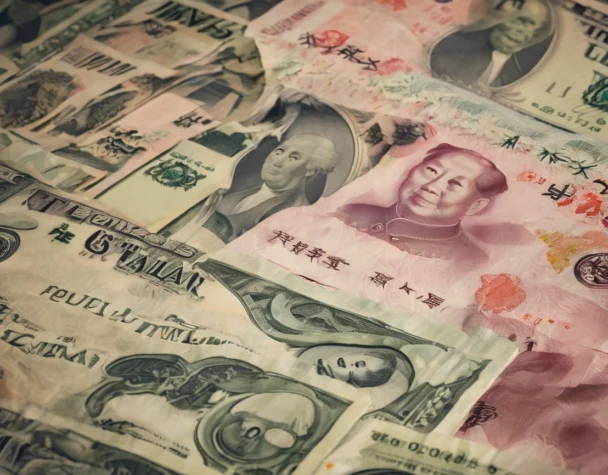
Dollar Tumbles as Taiwan and China Drive Forex Shifts Amid Trade Policy Jitters
Tue, May 06, 2025Taiwan Dollar Surge Sparks Regional Currency Strength
The Taiwan dollar has become the standout performer in recent forex trading sessions, appreciating to a three-year high against the U.S. dollar. This sharp rally comes amid heightened speculation about Taiwan’s role in U.S. trade negotiations and the unwinding of unhedged currency positions by Taiwanese insurance firms. According to the Financial Times, the central bank of Taiwan has already intervened to curb speculative flows and stabilize the rapidly strengthening currency (source).
This surge has spilled over into other Asia-Pacific currencies. The Australian dollar and Japanese yen also saw moderate gains as traders moved away from the U.S. dollar. Some investors are betting that Washington’s trade policy rhetoric will trigger broader shifts in global capital flows.
At the same time, the Chinese yuan hit a six-month high against the dollar. Analysts attribute this rise to renewed optimism surrounding U.S.–China trade dialogues and efforts by Beijing to promote wider adoption of the yuan for cross-border settlements. China’s central bank has subtly supported the yuan’s advance without overt intervention, signaling confidence in its stability.
U.S. Dollar Weakens as Fed Policy Uncertainty Lingers
The U.S. dollar has shown signs of persistent weakness against a basket of major currencies, even in the face of positive domestic data such as growth in the services sector. This trend is largely due to mounting uncertainty surrounding U.S. Federal Reserve policy and President Trump’s aggressive tariff measures, which have cast a shadow over currency markets.
Despite some expectations for a June rate cut, most investors are pricing in a more cautious Fed stance, waiting for additional inflation signals before acting. The dollar’s slide has also been fueled by a broader shift in sentiment, where traders increasingly prefer currencies backed by trade surplus economies or more predictable monetary environments.
The euro and British pound benefited from this shift. The euro rose on the back of firm economic data in the eurozone, while the pound rallied ahead of a key Bank of England policy decision later this week. A Reuters report noted that “investors are repositioning portfolios in response to evolving trade and rate expectations” (source).
Conclusion
As trade tensions heat up and central banks hold off on major moves, the forex landscape is undergoing rapid change. The U.S. dollar’s dominance is being challenged, not just by geopolitics but also by the rising confidence in regional currencies like the Taiwan dollar and Chinese yuan. Market watchers should brace for further volatility as policy decisions across the globe continue to drive forex trends in unexpected directions.
Are you keeping an eye on how your business might be affected by these foreign exchange shifts? Now’s a good time to assess your currency exposure.

